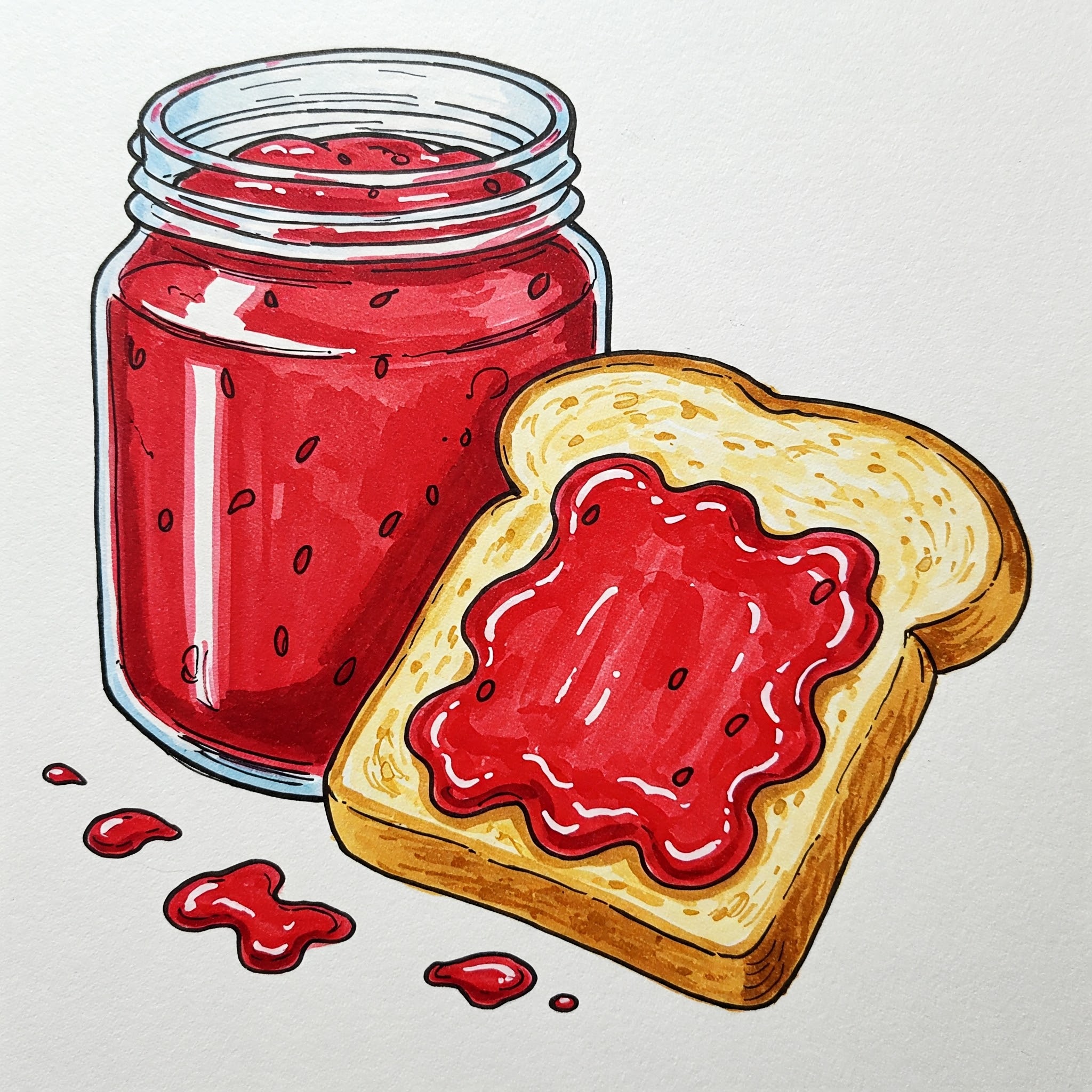Hat
Definition
Hat refers to a covering for the head, typically with a brim, worn for various purposes such as protection, fashion, or ceremonial use. It can also be used metaphorically to indicate a role or responsibility.
Parts of Speech
- Noun
- Verb (informal, rare)
Pronunciation
American English
- IPA Pronunciation: /hæt/
- Respelling: hat
British English
- IPA Pronunciation: /hæt/
- Respelling: hat
Etymology
The word "hat" originates from the Old English "hætt," meaning "hood or head covering," which is derived from Proto-Germanic "*hattuz*" (hat or hood). It is related to the Old Norse "höttr" and Old High German "huot," signifying its long-standing use as a head covering.
Derivatives
- Hatless (adjective)
- Hatmaker (noun)
- Top hat (noun)
- Hatband (noun)
- Hatstand (noun)
Synonyms
- Cap
- Headgear
- Bonnet
Antonyms
- None
Usage
The word "hat" is commonly used in both literal and figurative contexts. For example, "She wore a sun hat to protect herself from the heat," or "He wears many hats in the organization, including manager and advisor."
Related Terms
- Headwear: Any type of covering worn on the head.
- Brim: The projecting edge of a hat.
- Helmet: A protective head covering.
Detailed Definitions
Noun
- A head covering with a brim: Refers to a piece of clothing worn on the head for protection, style, or symbolism.
- Example: "He tipped his hat as a polite gesture."
- A metaphorical reference to a role or responsibility: Used figuratively to indicate different functions or jobs a person performs.
- Example: "She wears many hats in her community."
Verb (informal, rare)
- To cover or provide with a hat: Refers to the action of placing a hat on someone's head.
- Example: "The costume designer hatted each actor according to their role."
hat



🇨🇳 Mandarin Chinese
- 帽子 (màozi)
- IPA: /maʊ̯˨˩ʈ͡sz̩˥/
- Respelling: mao4zi
🇮🇳 Hindi
- टोपी (topi)
- IPA: /ʈoːpiː/
- Respelling: toh-pee
🇪🇸 Spanish
- Sombrero
- IPA: /somˈbɾeɾo/
- Respelling: som-bre-ro
🇫🇷 French
- Chapeau
- IPA: /ʃa.po/
- Respelling: sha-po
🇸🇦 Arabic (Modern Standard)
- قبعة (qubʿah)
- IPA: /qʊbʕah/
- Respelling: qub-ah
🇧🇩 Bengali
- টুপি (ṭupi)
- IPA: /ʈupi/
- Respelling: tupi
🇷🇺 Russian
- Шапка (Shapka)
- IPA: /ˈʂapkə/
- Respelling: shap-ka
🇵🇹 Portuguese
- Chapéu
- IPA: /ʃɐˈpew/
- Respelling: sha-peu
🇮🇩 Indonesian
- Topi
- IPA: /topi/
- Respelling: to-pee
🇩🇪 German
- Hut
- IPA: /huːt/
- Respelling: hoot
🇯🇵 Japanese
- 帽子 (bōshi)
- IPA: /boːɕi/
- Respelling: boh-shi
🇻🇳 Vietnamese
- Mũ
- IPA: /mɨ˧/
- Respelling: moo
🇰🇷 Korean
- 모자 (moja)
- IPA: /mod͡ʑa/
- Respelling: mo-ja
🇹🇷 Turkish
- Şapka
- IPA: /ʃapka/
- Respelling: shap-ka
🇵🇰 Urdu
- ٹوپی (topi)
- IPA: /ʈoːpiː/
- Respelling: toh-pee





